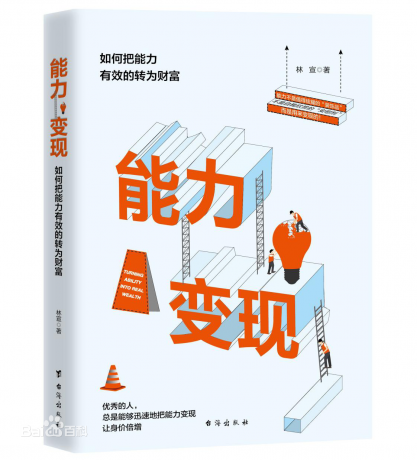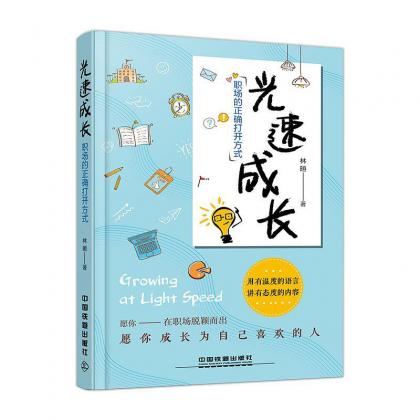7 tips for writing killer emails to your boss
原文link:http://fortune.com/2014/11/13/7-tips-for-writing-effective-emails-to-your-boss/
Think of it as the job of a designer, who envisions what people need or knows what they’re thinking, says Herman Vantrappen, managing director of Akordeon.
If you really want to get your message across, make sure you understand the mindset of the person you’re emailing.
Amazon lists close to 6,000 book titles on “business writing.” You might wonder why you need to read anything else on the subject. Well, once you start practicing what you’ve learnt from many of these books, you might find that an email of yours still fails to achieve its ultimate purpose: to evoke the response you want. A good email persuades its reader to take a specific action, such as: approve an investment proposal, provide information, agree to provide a testimonial, or accept an invitation. So, if your text doesn’t get your reader to act as you intended, you have wasted both your and her time.
Below you’ll find seven tips to help you be a better email writer, which I have drawn from my 25 years’ experience as a strategy consultant. What these seven tips have in common is that they focus on the psychology of the reader. Why is that important? As soon as a reader receives a text, he mentally pigeonholes it into one of several, possibly damning categories: “ignore and ditch,” “read later,” “read now, but no action.” Obviously you want your reader to pigeonhole your text in the “read and act now” slot.
To get your reader to respond positively, it helps to understand a little about social psychology and behavioral economics. Specifically, two great books serve as a good intellectual foundation to these fields. The first is Robert Cialdini’s Influence: The Psychology of Persuasion, which addresses the psychology of compliance, i.e. the factors that cause one person to say yes to another person. The second is Richard Thaler’s and Cass Sunstein’s Nudge, which examines systems that help people improve their ability to select options that will make them better off. While these books don’t deal with business writing per se, they contain relevant and applicable insights. They lead to tips that you will find complementary to the often technical tips about business writing that you find elsewhere, such as “avoid the passive voice,” “avoid jargon and acronyms,” and “vary the length and structure of your sentences.”
Let’s move on to the tips.
Tip 1. Take into account where and when your boss reads your text. In today’s fast-paced world of instant, omnipresent and byte-size hypercommunication, it is easy and tempting to fire off a text to your targeted reader as soon as you have finished writing it. But think about when and where he will receive your text. For example, it may not be a great idea to mail a request for a two-months leave of absence to your boss on a Friday evening when he is waiting at an overcrowded airport for a delayed return flight home after three days of intense and unsuccessful negotiations with union delegates. Your request may be perfectly reasonable and eloquently worked out, but you’d better wait for a more auspicious time and place for it to land in your boss’s inbox.
Tip 2. Stand out in a crowded inbox by using clues. Busy as businesspeople are, they cannot afford to think too long about every decision they have to make. They often make fairly automatic decisions based on past experience or just one written clue that is presented to them. It starts with simple things like the subject header of your mail: it should convey opportunity and benefit to the reader rather than effort and goodwill from him. For example, when you write an email to solicit participation in a benchmarking exercise, the heading “Study” may evoke more dreadful associations than “How to improve performance.” More profoundly, make yourself likeable to your reader, for example, by referring to shared interests or flattering him. Of course you’re walking a fine line: you don’t want to mislead, deceive or manipulate your readers; you simply want to convince, persuade and facilitate.
Tip 3. Personalize your message. There are occasions when you have to send essentially the same text to several readers, such as when you need data from several colleagues to build a business case. You can either broadcast a standard request or send personalized requests separately. While the broadcast initially may appear more efficient to you, you risk running into the so-called bystander effect. First, each person reasons that others will respond, and therefore will do nothing. Second, each person waits for a response from the others to find out whether the request is really that serious or important. You will probably get a higher response rate if you take some time to personalize your messages. Of course, be a bit more sophisticated and less lazy than simply replacing “Dear Team” by “Dear Suzy”.
Tip 4. Beware of the mystery readers in your audience. Every guide on business writing worth its salt will tell you that you have to take into account the various reader segments that your text is addressing. For example, if you’re writing an assessment of an acquisition target, you know that both your CEO, your company’s Board and their investment banker, each with different needs, may read it. Much more tricky to deal with are the mystery readers — that is those you don’t know about. For example, one of your targeted readers may (inadvertently) forward your text to a person who in your mind should be the last to read it. Remember the cyberversion of Murphy’s infamous law that “Anything that can go wrong will go wrong.” Another example is the personal assistant who stands as a sentinel between you and your targeted executive, scanning and filtering all incoming mail, in which case you might write a cover email designed to make her act first. And don’t forget that a document can have a long shelf life and be read a few years later by people who have no clue about its original context, and thus may misinterpret it. So think through the mystery readers and how you could cope with them.
Tip 5. Kill the mosquitos. Of course most of your readers are no fools. They know that content is more important than form, and that an attractive form (clear building blocks, an appealing lay-out, page numbering, etc.) is no guarantee of the quality of the content. Nevertheless they often reason unconsciously that, if the author didn’t even bother about formal quality, in all likelihood he didn’t bother about the quality of the content either. Form quality also neutralizes the so-called mosquitos. We are all familiar with them: the people who attend a presentation and immediately turn to the pages with a pie chart to check that the percentages add up to exactly one hundred. While these nitpickers are neither lethal nor value-adding, don’t make it easy for them to criticize your email presentation and distract your audience from your real message.
Tip 6. Make it easy to respond to your text. If the proof of the pudding is in the eating, then the proof of your writing is in your reader’s response. But remember that not responding is often a more convenient alternative. While it is hard to force a response, at least you can prod. To start with, make it clear, almost from the very first sentence, why you are writing to the reader and what you expect from her – business texts should not be mystery novels. And when you come to the end, make it easy for the reader to respond by providing her with a default option. For example, you might include in your email: “Unless I hear from you by Monday, I will assume that you agree with my recommendation.” (This might be difficult if your reader is your boss.) Defaults are powerful because people often are not willing to spend much effort coming up with other options. The choice for the default option is especially hard to resist if you suggest that yours is the normal or even recommended choice. If there is no easy default option, you can explicitly tell your readers that you expect a response, and you can ask them to let you know what they intend to do, by when, and how. The mere fact of asking people what they intend to do acts as a nudge.
Tip 7. Work and work again on your text. There is no escape. Writing a high-quality text takes effort and consequently time. Consider Thomas Edison’s most endearing maxims: “Opportunity is missed by most people because it is dressed in overalls and looks like work.” The opportunity relates to the return you might get from spending a bit more time on raising the quality of your text. Chances are your audience will then notice, read, understand, and act upon your message after only hitting the send button once.
In summary, a writer should behave like a designer. A good business writer is neither an artist nor an engineer. He is a designer who envisions what people need or are thinking and then crafts an appropriate email. Follow that approach and, chances are, you’ll get the response you want.
Herman Vantrappen is the Managing Director of Akordeon, a strategic advisory firm based in Brussels, and author of The Executive Action Writer
本文出自 Stacy职场记,转载时请注明出处及相应链接。



发表评论